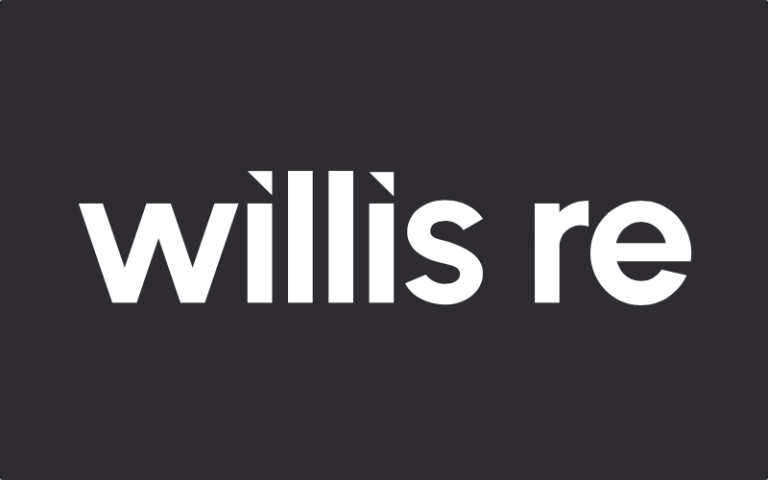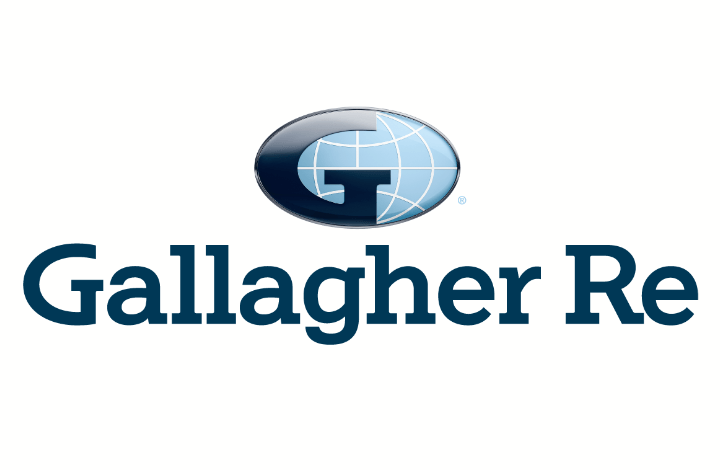
Surety is an important product for Canadian business, and the use of bonds is evolving as the requirements around protection for projects are changing.We sat down with Iqbal Binder, Senior Vice President of Northbridge Surety, to discuss the state of surety in Canada, and what it means for professionals across different industries.Q: What’s the current size of the Canadian surety market? A: It’s a relatively small market.
Collectively, we write somewhere between 600 and 650 million in premium a year, but there’s a good deal of market turmoil and claims activity these days.In fact, the Canadian surety industry recently suffered their worst year in terms of loss ratio.Q: How has the surety market evolved in recent years? A: One major concern is the uptick in contractor defaults we’re seeing.
There’s an increase in claims activity in western Canada, and smaller contractors are particularly vulnerable.The trend these days is for smaller contracts to be grouped together, resulting in larger contracts than ever before – the smaller contractors are finding it difficult to handle the obligations that come with such a sizeable project.With less infrastructure spending at every level of government, the amount of work for contractors is limited right now.
In turn, there’s currently a competitive market for large projects across Canada.Q: What does the surety marketplace look like in 2019? A: There’s been a relaxation in underwriting standards, allowing more surety players to enter the marketplace.In turn, we’re seeing a very competitive landscape from a bonding perspective.
In fact, surety is as competitive as I’ve ever seen it.Unfortunately, this situation isn’t growing business in the right way.Bonding wordings are more complex, while contracts are becoming bigger and longer – we’ve moved from an average duration of two or three years to five years and more.
The longer duration means there’s more time for issues to arise, and therefore there’s more risk involved.Surety in Canada today is a bit of a revolving door: despite recent negative results, more surety providers continue to enter the market, while other big players are leaving.It’s certainly not an easy space to profit, and we’re seeing that some financial heavyweights are finding that out the hard way.
Q: What’s the outlook for surety? What trends are impacting the industry and what will drive growth? A: There’s still a lot of turmoil in the industry, and the amount of contractor default in the west is concerning.The price of oil has a direct impact on provincial economies; Alberta and Manitoba are feeling the pinch right now.To put it simply, many surety companies are now more concerned about watching their bottom line than they are about growth.
But with the market tightening, and some providers leaving the surety space, I’d say things are headed in a positive direction.The Surety Association of Canada has recently passed a bill requiring more bonding on government projects – this will align some parts of Canada more closely with U.S.requirements.
Subcontractor default insurance (SDI), which can be used instead of a surety bond in some cases, has traditionally competed with the surety market for business.However, SDI is also suffering losses these days, which bodes well for surety – more contractors could potentially seek out surety bonds instead of SDI.Q: Could you recommend some resources for those who want to learn more? A: Aside from the Northbridge surety resources online, the Surety Association of Canada is really a great place to get more information on specific surety products and industry news.
It’s a good idea for any contractor to keep up with changes in rules and regulations that could affect their work, and having experts on your side can make it much easier to stay in the know.
Publisher: Northbridge Insurance








